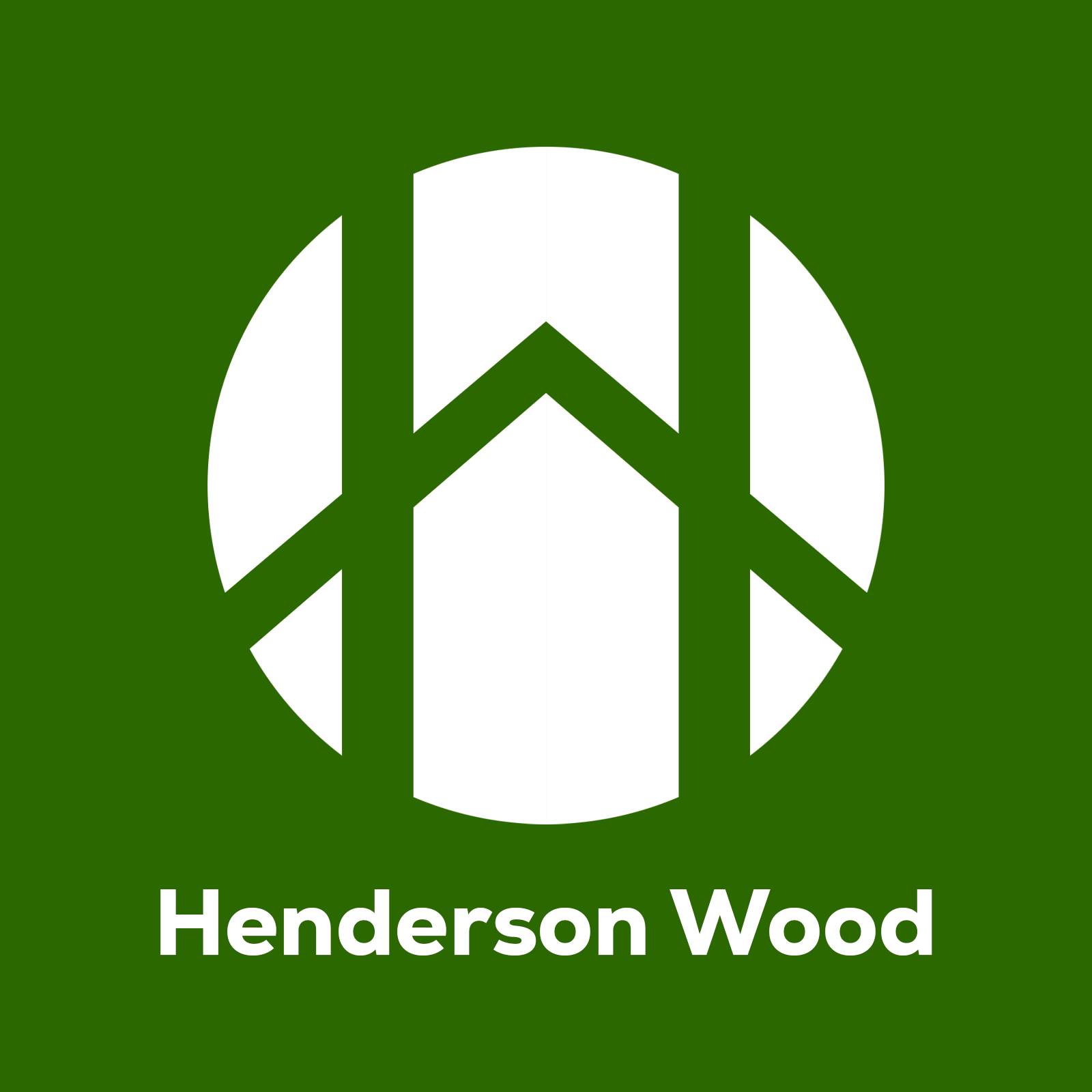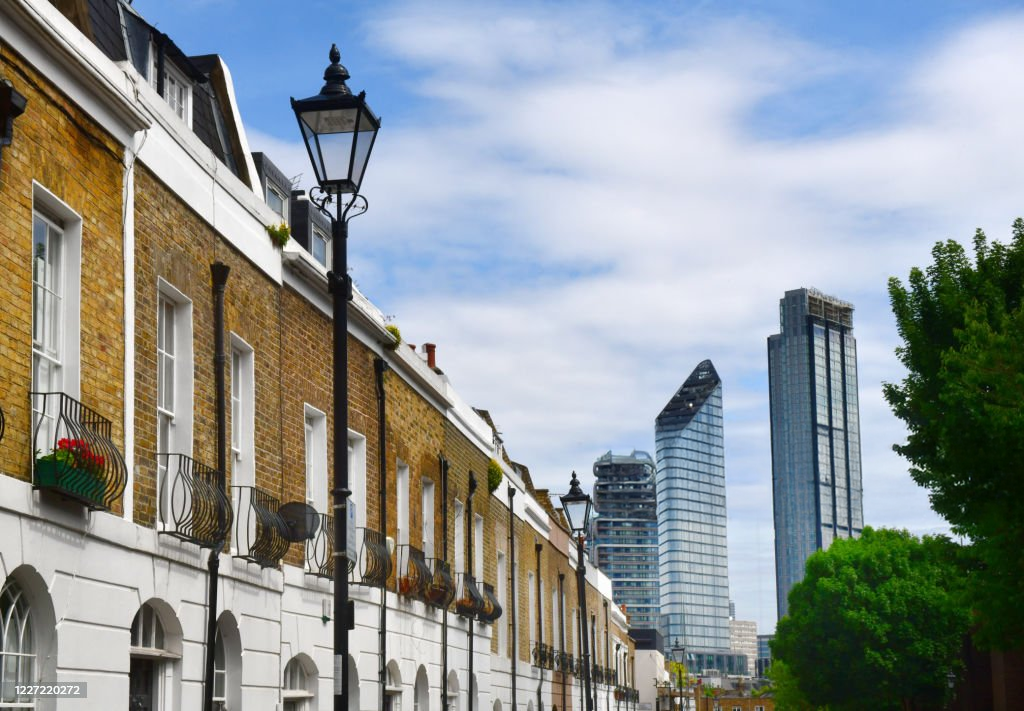Why Identifying Damp Matters
Damp in homes is one of the most common and costly issues faced by homeowners and landlords across London. Left untreated, it can cause structural damage, health hazards, and major repair bills.
But not all damp is the same — and identifying the correct type of damp is critical if you want to fix the root problem rather than just mask the symptoms.
In this guide, we’ll break down the three main types of damp commonly found in London properties, how to spot them, and why professional diagnosis is essential.
The 3 Main Types of Damp in London Properties
1. Rising Damp
What is it? Rising damp occurs when moisture from the ground rises up through walls via capillary action. It typically affects ground floor walls and can travel upwards if left untreated.
Causes:
Damaged or missing damp-proof course (DPC)
Ground level bridging the DPC (e.g. garden soil or paving)
Old construction with no DPC at all (common in Victorian and Edwardian homes)
Signs to Look For:
Tide marks or staining on lower walls
Peeling paint or wallpaper around skirting boards
Crumbling plaster
Salts appearing on wall surfaces
Musty smell near ground level
Why it's serious: Rising damp can compromise the structural integrity of plaster, flooring, and timber, and may indicate fundamental issues in older properties.
2. Penetrating Damp
What is it? Penetrating damp (also called lateral damp) occurs when water seeps through the external walls, roofs, windows or doors of a building and into the interior.
Causes:
Damaged or missing roof tiles
Cracks in brickwork or render
Defective guttering or downpipes
Poor pointing or flashing
Unsealed window and door frames
Signs to Look For:
Damp patches that get worse after rainfall
Watermarks or staining on ceilings and upper walls
Mould growth away from ground level
Localised damage in one spot (often on external walls)
Why it's serious: Penetrating damp can lead to plaster deterioration, rot in timber structures, and internal mould — particularly damaging in upper floors and loft conversions.
3. Condensation Damp
What is it? Condensation is caused when warm, moist air meets a cold surface and forms water droplets. It’s the most common type of damp in modern flats and tightly sealed London homes.
Causes:
Poor ventilation
High humidity (e.g. drying clothes indoors, cooking without extraction)
Single-glazed windows
Inadequate heating in winter months
Signs to Look For:
Water droplets on windows or cold walls
Mould forming around windows, in corners or on ceilings
Musty smells in poorly ventilated rooms
Damp clothes or bedding
Why it's serious: While condensation may seem harmless at first, prolonged exposure can lead to black mould, which is harmful to health — especially for children, the elderly, or those with respiratory conditions.
Comparison Table: Damp Types at a Glance
Type | Common Location | Triggered By | Key Signs |
Rising Damp | Ground floor walls | Failed or missing damp-proof course | Tide marks, salt deposits, crumbling plaster |
Penetrating Damp | Ceilings, upper walls | Leaks, defective external structure | Wet patches, staining, mould after rain |
Condensation Damp | Windows, bathrooms, corners | Poor ventilation, excess humidity | Water droplets, black mould, musty smell |
Why a Professional Damp Survey Is Essential
Each type of damp has different causes — but they can look very similar at first glance. Misdiagnosing damp can lead to wasted money on the wrong treatment or DIY fixes that simply don't work.
That’s where a professional damp survey comes in.
Our London-based damp surveys include:
Full on-site investigation using thermal imaging and moisture detection
Clear identification of rising, penetrating, or condensation damp
Diagnosis of contributing factors like ventilation or guttering
A detailed written report with photographic evidence and expert recommendations
We charge for our damp surveys because they take expertise, travel, and around 3 hours of reporting time — and we regularly uncover issues that even premium HomeBuyers Reports fail to identify.
Live in London and Unsure Which Damp You're Dealing With?
Damp problems often start small but can escalate fast. Whether you’ve noticed black mould, peeling paint, or damp patches after rain, it’s crucial to get the correct diagnosis early.
We provide expert damp surveys across London and work with homeowners and landlords who want clear, trusted answers — not guesswork.

